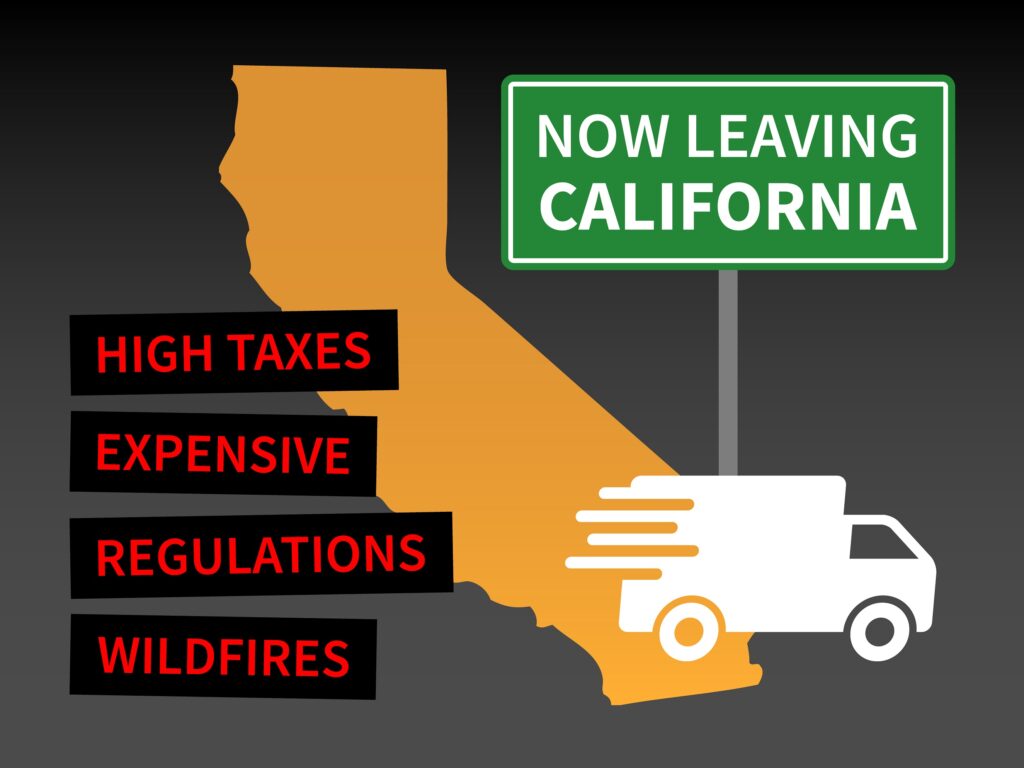FDA wants more people to die of lung cancer, moves to stamp out vaping market
If the Food and Drug Administration’s (FDA) statutory purpose is to protect public health, why is the agency using its regulatory power in a way that stands to undermine advances in public health?
By announcing regulations that bring e-cigarettes and other vapor products under the Tobacco Control Act, the FDA stands to destroy an innovative market that has the potential to move people away from smoking tobacco cigarettes.
It’s a classic case of a federal agency recognizing the need to do “something,” without having the statutory tools they need to get it right. Unfortunately, lacking such tools seldom slows executive branch bureaucrats, and this case is no exception.
The FDA’s regulations, published May 5 in the Federal Register, require any product introduced after Feb. 15, 2007 (the predicate date) either to be the “substantial equivalent” of a product that already was on the market before that date or to be subjected to the length and very costly Pre-Market Tobacco Application (PMTA) process. Since most current nicotine vapor products weren’t around before the predicate date, the PMTA is essentially the only option, and it’s one that many vape manufacturers won’t be able to afford.
The United Kingdom’s Royal College of Physicians recently released a report, “Nicotine without smoke: tobacco harm reduction,” concluding that encouraging smokers to switch to e-cigarettes is likely to be beneficial to U.K, public health. The report further notes the need for proportionate regulation that doesn’t significantly hinder the development and use of harm-reduction products by smokers.
The FDA’s approach does just the opposite.
The cost of enduring a PMTA will likely force new product innovators out of business, as well as slow the pace of e-cigarette improvements. The largest product manufacturers — mostly, the big tobacco companies — will quickly and efficiently navigate the FDA’s regulatory gauntlet, while their upstart competition struggles. To reduce the harm of tobacco cigarettes, we need more alternatives, not fewer.
Recognizing the inadequacy of the FDA’s so-called “deeming” regulations shouldn’t be challenging. We don’t treat soda the same as beer because they both fit in a can and have a few common ingredients. The differences matter significantly more than the commonalities. That’s also the case with e-cigarettes and their tobacco counterparts.
E-cigarettes and other vapor products are estimated to present just 5 percent of the risk of serious illness and death as tobacco cigarettes. Their broader adoption by current smokers has serious potential to improve overall public health. They shouldn’t simply be slapped with a regulatory paradigm designed for a qualitatively distinct product.
The Royal College of Physicians is hardly an extension of the vapor products lobby, and they’ve also determined that e-cigarettes aren’t a gateway to smoking and don’t serve to make the practice more socially acceptable.
Sensible regulation of e-cigarettes and vapor products are a good idea, but Congress should set out a paradigm that recognizes the differences between these new products and tobacco cigarettes. Last month, the House Appropriations Committee chose to do exactly that, passing an amendment to the 2017 Agriculture Appropriations bill that would push back the FDA’s “grandfather” date until the date the rules became effective, which is August 8, 2016.
If legislators don’t act in a timely fashion, we’ll be left with the FDA’s heavy-handed approach, which is set to slow improvements in the very public health they are tasked to protect.







